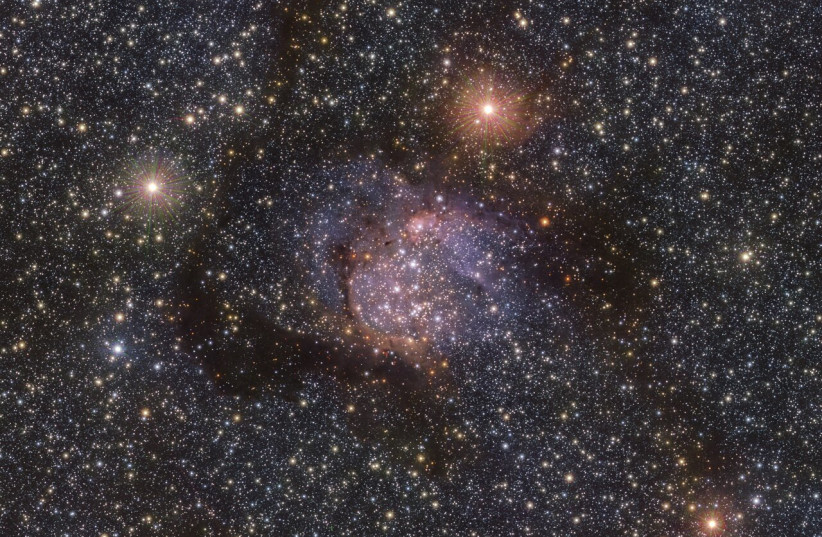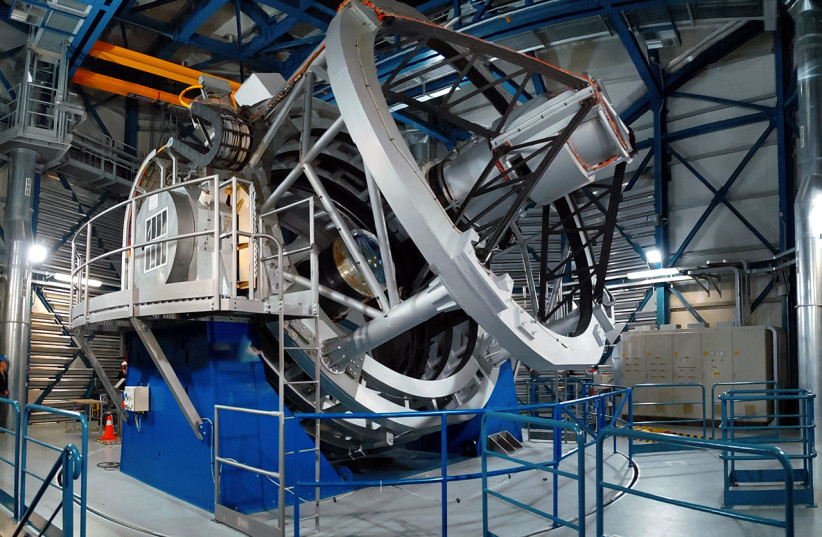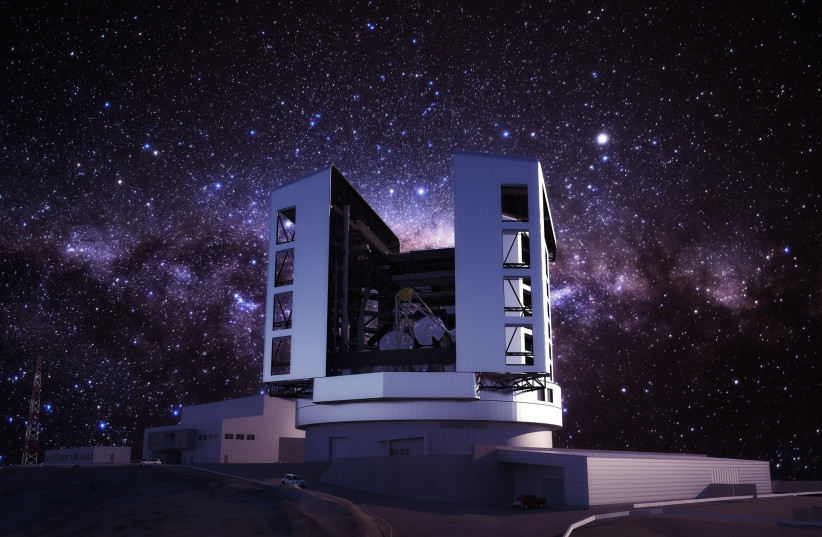The nebula in question is known as the Sh2-54 nebula and is one of the many awe-inspiring cosmic structures located within the tail of the snake constellation Serpens.
The European Southern Observatory (ESO) has captured a beautiful new image of a far-off nebula, or star-birthing region, that is literally located at the end of the snake constellation in space.
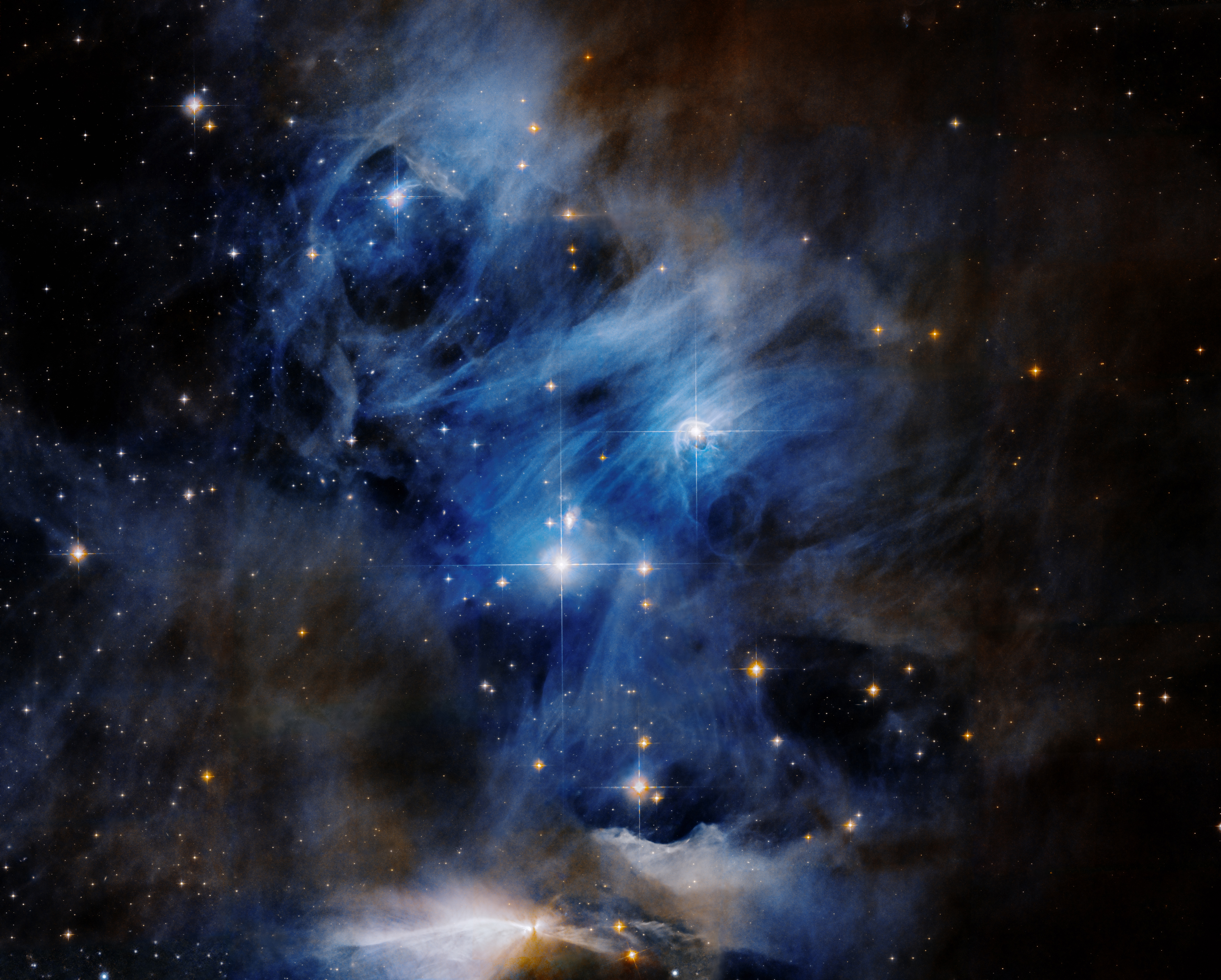
The Sh2-54 nebula in question is one of the numerous breathtaking celestial objects that can be found in the Serpens constellation, which is the tail of a snake.
The Eagle Nebula and the Omega Nebula are two other prominent celestial bodies in this region of space.
What is a nebula?
In essence, a nebula serves as a stellar nursery, which is where new stars are created.
These regions are essentially just enormous clouds of gases and dust, which combine to aid in the formation of new stars.
But now, thanks to advances in telescope technology, scientists can take a closer look at nebula like the Sh2-54 nebula, located some 6,000 light years away from the Earth, than ever before.
In particular, the ability to get such vivid images of the nebula is because of advances in infrared scanning.
Nebulae tend to absorb visible light thanks to the clouds of dust. As such, they can be hard to see. But infrared light can still pass through dust clouds – it just isn’t something human eyes are capable of perceiving.
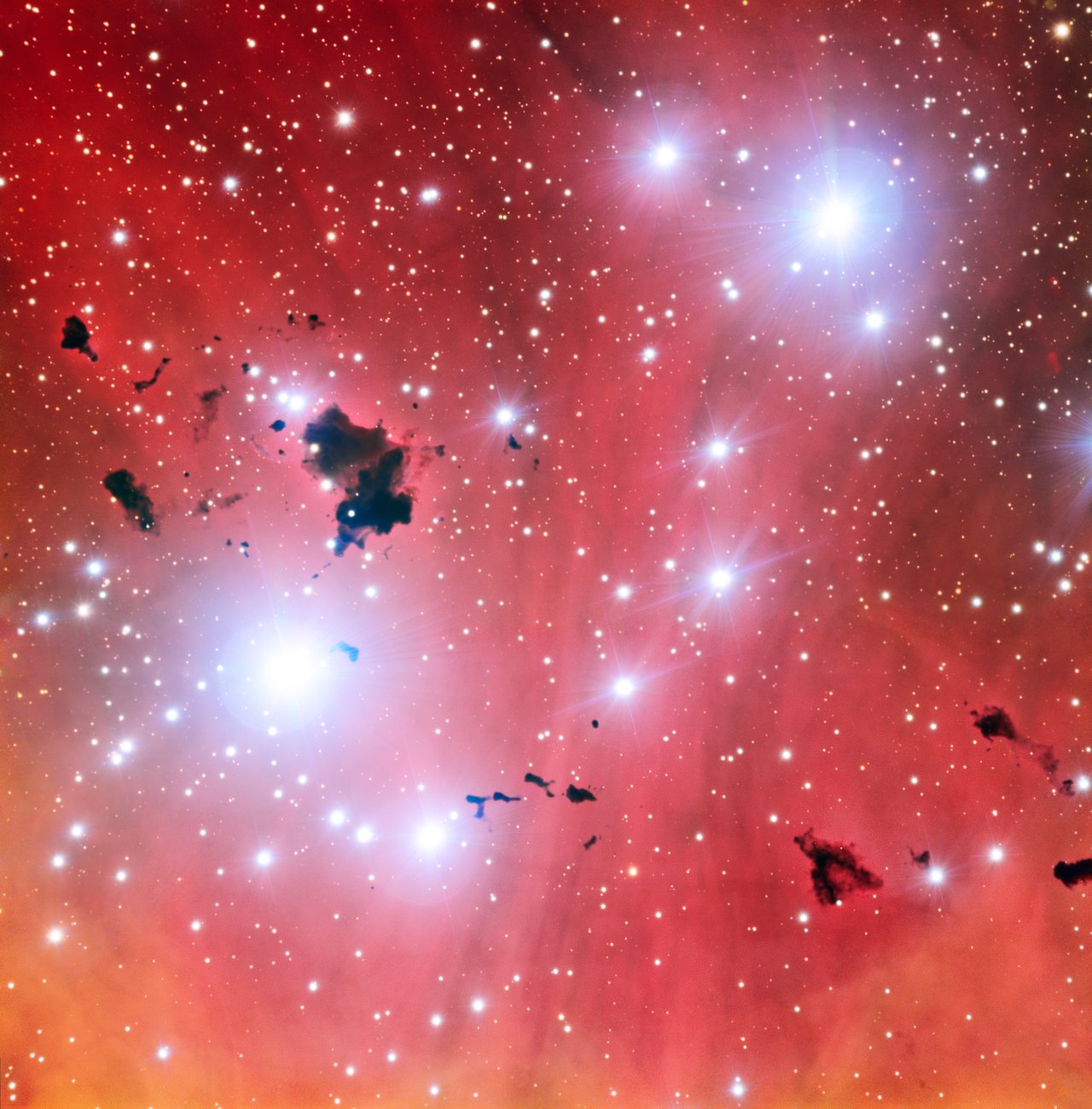
Advances in telescopes let scientists see more of space than ever before
However, infrared scannings allow researchers to get a closer and more in-depth look at the stellar nursery. An example of this is the 67 million-pixel camera on the Visible and Infrared Survey Telescope for Astronomy (VISTA) at the ESO’s Paranal Observatory in Chile, which captured the images of the Sh2-54 nebula.
These kinds of observations are crucial because they teach scientists more about how stars are formed and the many other still-mysterious processes that take place in our universe.
And as telescope technology develops further, we will undoubtedly see more discoveries and pictures similar to this one.
N.A.S.A launched the James Webb Space Telescope in 2021, and since then, this highly advanced telescope has taken numerous breathtaking images, as well as provided valuable scientific data for researchers. This is thanks to the incredible technologically-advanced tools at its disposal, which let it see farther and in greater detail than any space telescope before it.
Giant Magellan Telescope rendering at night (credit: WEIZMANN INSTITUTE OF SCIENCE)
Another advanced space telescope in development in Chile, the Giant Magellan Telescope, is also expected to vastly advance our understanding of space with new, even better images.
Israel is also working on a space telescope of its own, ULTRASAT, which is being developed at the Weizmann Institute of Science in Rehovot and is set to launch sometime in 2025.
Soucre: jpost.com



